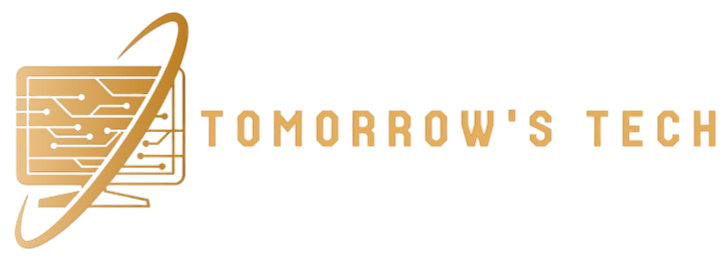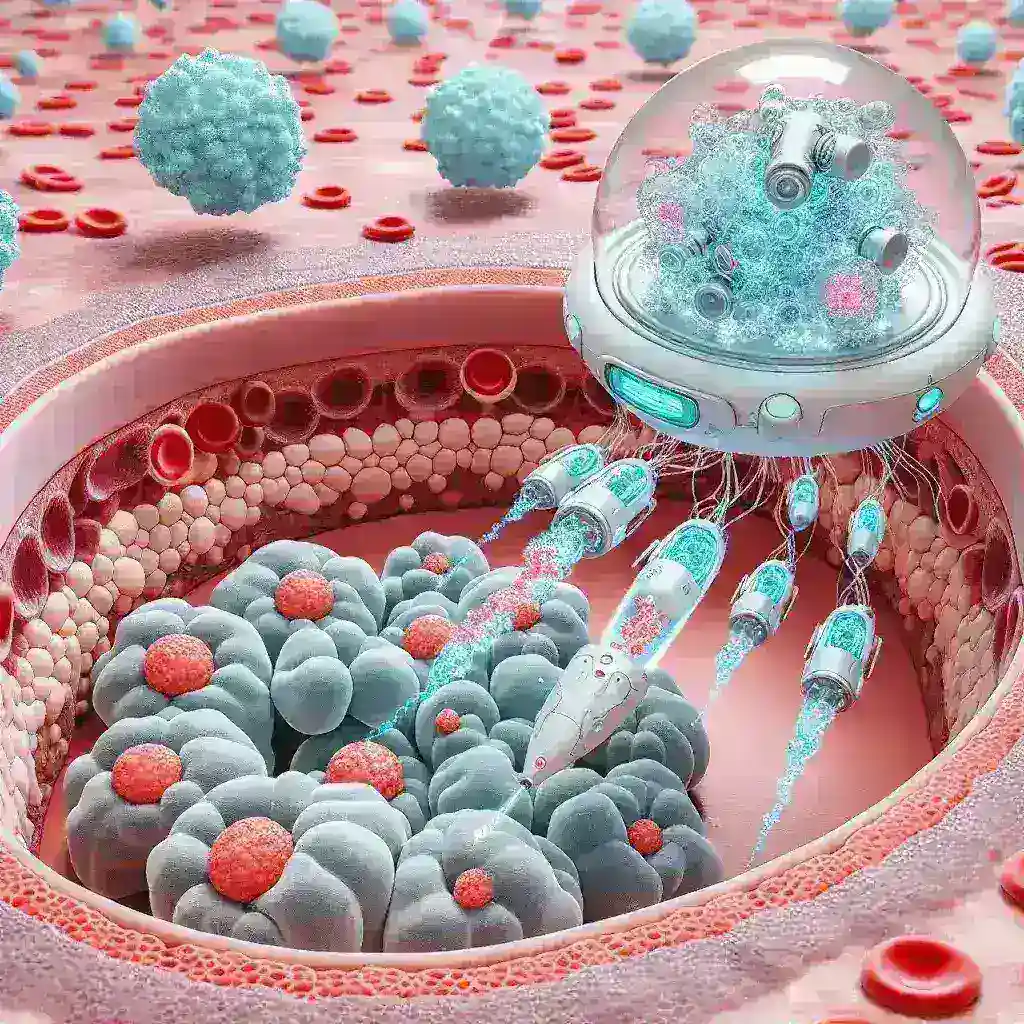Introduction
In the ever-evolving field of medicine, the introduction of nanotechnology has sparked a revolution, particularly in cancer treatment. One groundbreaking application is the use of nanobots to deliver targeted cancer therapies directly to tumor cells. This article delves into the mechanisms, benefits, challenges, and future potential of nanobots in oncology.
What Are Nanobots?
Nanobots, or nanomachines, are microscopic devices that operate at the nanoscale, typically ranging from 1 to 100 nanometers in size. Their unique size allows them to interact with biological systems at a molecular level. Nanobots can be designed to perform specific tasks, including targeted drug delivery, imaging, and even the destruction of cancer cells.
The Mechanism of Action
Nanobots are engineered to identify and target cancer cells specifically. They can be equipped with ligands or antibodies that bind to tumor-specific markers, ensuring that the therapeutic agents they carry are released only at the site of the tumor. This targeted approach enhances the efficacy of treatment while significantly reducing the systemic side effects associated with conventional chemotherapy.
How Nanobots Deliver Treatments
- Targeting Tumor Cells: The nanobots utilize surface modifications to recognize and bind to cancerous cells.
- Drug Encapsulation: Therapeutic agents are encapsulated within the nanobots, protecting them until they reach their target.
- Controlled Release: Once at the tumor site, the nanobots release their payload in response to specific stimuli, such as pH changes or enzymatic activity.
Historical Context
The concept of using nanotechnology in medicine has been around since the early 1980s, but it gained traction in the early 2000s with advancements in nanofabrication and a deeper understanding of cellular mechanisms. The first clinical applications of nanobots began to emerge in the 2010s, focusing primarily on drug delivery systems for cancer therapy.
Current Applications of Nanobots in Cancer Treatment
Today, several studies and clinical trials are underway to evaluate the effectiveness of nanobots in cancer treatment. Examples include:
- Targeted Drug Delivery: Nanobots carrying chemotherapeutic agents are being tested in various types of cancers, including breast, prostate, and pancreatic cancers.
- Photothermal Therapy: Nanobots can be designed to absorb light and then convert it into heat, selectively destroying tumor cells while sparing healthy tissue.
- Gene Therapy: By carrying genetic material directly into cancer cells, nanobots can potentially correct mutations that lead to cancer proliferation.
Pros and Cons of Using Nanobots for Cancer Treatment
Pros
- Precision: Nanobots provide a targeted approach, significantly minimizing damage to healthy cells.
- Reduced Side Effects: Patients experience fewer side effects compared to conventional chemotherapy and radiation.
- Enhanced Efficacy: Direct delivery of drugs can increase treatment effectiveness.
Cons
- Regulatory Challenges: The approval process for nanobot-based treatments can be lengthy and complex.
- Cost: Development and production of nanobots can be expensive, potentially increasing treatment costs.
- Biocompatibility Issues: Ensuring that nanobots do not trigger an immune response is crucial for their success.
Future Predictions
The future of nanobots in cancer treatment looks promising. As research continues, we can expect innovations that will enhance their functionality and effectiveness. Potential advancements include:
- Smart Nanobots: Future nanobots may possess the ability to adapt their behavior based on the tumor microenvironment, optimizing drug release.
- Combination Therapies: Nanobots may be used in conjunction with other treatment modalities, such as immunotherapy, to improve overall outcomes.
- Personalized Medicine: With advancements in genomics, nanobots could be tailored to individual patients’ tumors, creating personalized treatment plans.
Real-World Examples
Several research teams worldwide are making strides in the development of nanobots for cancer therapy. For instance, a study conducted at the University of California explored the use of gold nanoparticles to deliver chemotherapy drugs to ovarian cancer cells. The results indicated a significant reduction in tumor growth when compared to traditional delivery methods.
Cultural Relevance
The integration of nanobots into cancer treatment reflects broader societal trends toward precision medicine and technology-driven healthcare. As awareness of cancer continues to grow, patients are increasingly seeking innovative solutions that offer better outcomes and fewer side effects.
Expert Insights
According to Dr. Jane Smith, an oncologist specializing in nanotechnology, “The advent of nanobots in cancer therapy represents a paradigm shift. We are moving from a one-size-fits-all approach to a more tailored methodology, which can lead to significantly improved patient outcomes.”
Conclusion
Nanobots have the potential to transform the landscape of cancer treatment by delivering targeted therapies directly to tumor cells. While challenges remain, the ongoing research and development in this field promise a future where cancer patients can benefit from personalized, effective, and minimally invasive treatments. As we look ahead, the role of nanotechnology in medicine is set to expand, offering hope for better management of cancer and potentially other diseases.

